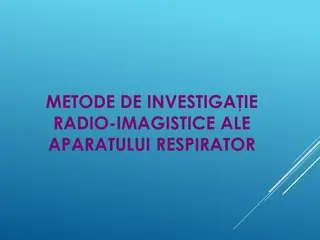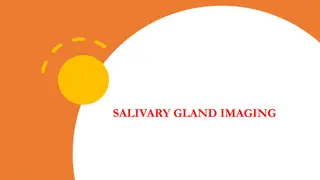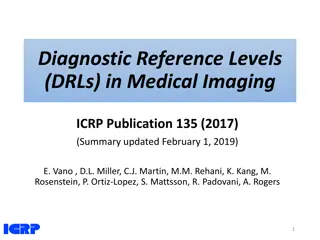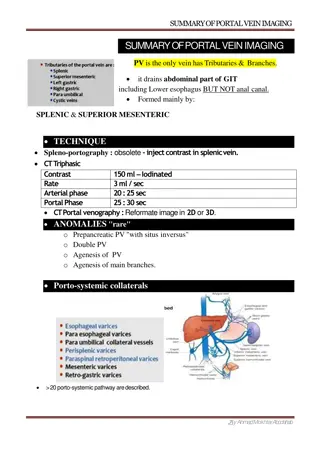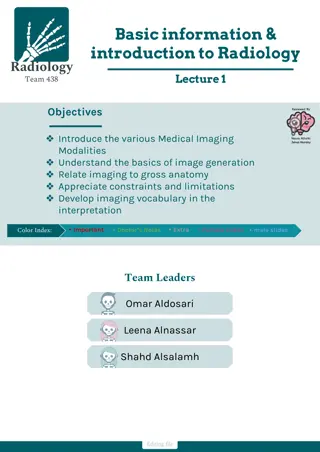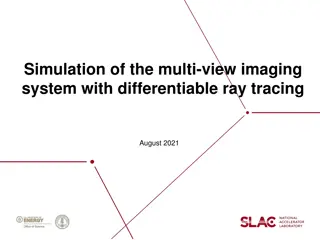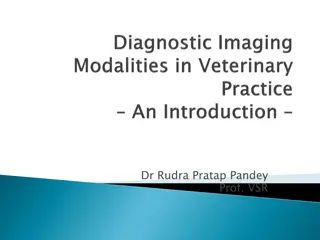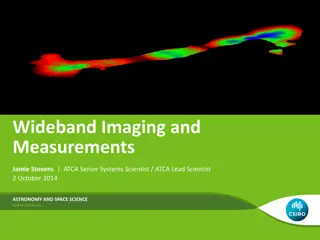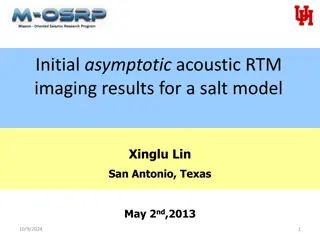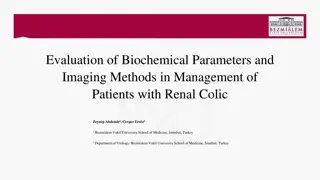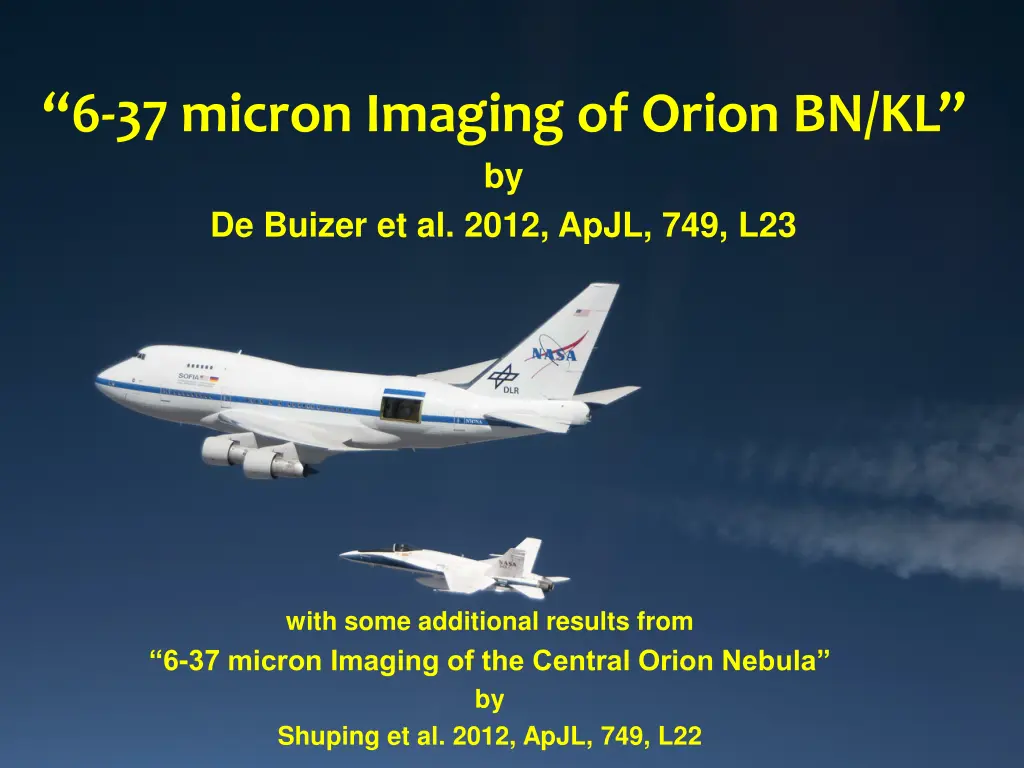
In-depth Study of Orion Nebula Infrared Imaging Results 2012
Explore the detailed analysis of the Orion Nebula through cutting-edge infrared imaging, capturing the central region and prominent sources like BN/KL and IRc4. Discover key findings on luminosity, resolution, and spectral observations from multiple research studies conducted using advanced telescopes.
Download Presentation

Please find below an Image/Link to download the presentation.
The content on the website is provided AS IS for your information and personal use only. It may not be sold, licensed, or shared on other websites without obtaining consent from the author. If you encounter any issues during the download, it is possible that the publisher has removed the file from their server.
You are allowed to download the files provided on this website for personal or commercial use, subject to the condition that they are used lawfully. All files are the property of their respective owners.
The content on the website is provided AS IS for your information and personal use only. It may not be sold, licensed, or shared on other websites without obtaining consent from the author.
E N D
Presentation Transcript
6-37 micron Imaging of Orion BN/KL by De Buizer et al. 2012, ApJL, 749, L23 with some additional results from 6-37 micron Imaging of the Central Orion Nebula by Shuping et al. 2012, ApJL, 749, L22
The central ~3 region of the Orion nebula was observed with FORCAST on SOFIA Filters: 6.6, 7.7, 19.7, 31.5, and 37.1 microns Resolution at 37.1um ~4 (best ever achieved) Short exposure times: 150- 450s Background Image:Spitzer
The central ~3 region of the Orion nebula was observed with FORCAST on SOFIA KAO 38 um Filters: 6.6, 7.7, 19.7, 31.5, and 37.1 microns Resolution at 37.1um ~4 (best ever achieved) (Stacey et al. 1995) Short exposure times: 150- 450s Background Image:Spitzer
The central ~3 region of the Orion nebula was observed with FORCAST on SOFIA KAO 38 um FORCAST FOV Filters: 6.6, 7.7, 19.7, 31.5, and 37.1 microns 3 3x better resolution Resolution at 37.1um ~4 (best ever achieved) (Stacey et al. 1995) Short exposure times: 150- 450s Background Image:Spitzer
KAO 38 um Ney-Allen Region Blue=7um Green=19um Red=37um SOFIA Ney-Allen 1 D Trapezium OMC1S-IRS1 (Stacey et al. 1995) LV1 OMC1S-IRS2 Shuping et al. (2012) Background Image:Spitzer
KAO 38 um Ney-Allen Region SOFIA Optical/Hubble Trapezium OMC1S-IRS1 (Stacey et al. 1995) LV1 OMC1S-IRS2 Shuping et al. (2012) Background Image:Spitzer
BN/KL Region KAO 38 um Blue=19um Green=31um Red=37um SOFIA BN IRc2 IRc3 Source I IRc4 (Stacey et al. 1995) De Buizer et al. (2012) Background Image:Spitzer
BN declines in prominence at longer s IRc4 dominates at >31um 5 A previously unidentified area of emission is apparent at >31um (SOF1) De Buizer et al. (2012)
Like BN, IRc4 is a self-luminous source Lbol = 1.3x104 Lsun IRc4 luminosity is too high to be caused by externally heating BN+IRc4 account for ~50% of the ~105 Lsun of the BN/KL region Lbol = 2.1x104 Lsun De Buizer et al. (2012)
Conclusions The central ~3 region of the Orion nebula was observed with FORCAST on SOFIA SOFIA/FORCAST observed the central 3 of the Orion Nebula with the highest resolution ever at 31 and 37 microns BN is not prominent at wavelengths 31 microns or longer IRc4 is likely a self-luminous source with a luminosity of about 1/4 the entire KL Nebula A previously unidentified area of emission, prevalent at wavelengths >31 microns appears to be associated with the outflow cavity Filters: 6.6, 7.7, 19.7, 31.5, and 37.1 um Resolution at 37.1um ~ 0.4 Short exposure times: 150- 450s Background Image:Spitzer



